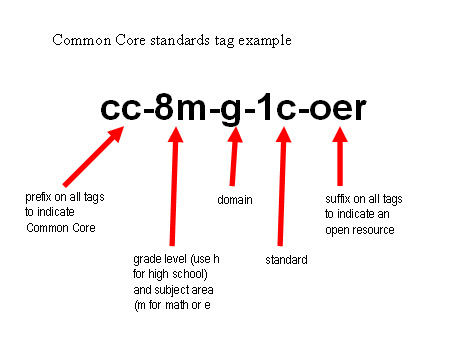When considering how to advance the adoption of OER by K-12, I often come down on the side of advocating for more traditional, comfortable formats, including open textbooks and fairly linear online course formats.While I agree that the big win for OER is as as a tool for reform that includes cultural changes, more innovative pedagogies, and new models of learning, I still think that a more mainstream approach is a wiser choice.
My reasons for this are numerous. K-12 educators, and even more so administrators and policymakers, are a fairly conservative group and are generally resistant to change. Open textbooks provide a comfortable alternative to traditional proprietary textbooks and provide an easier decision path. In my opinion, the OER movement has a big enough challenge to reach mainstream adoption without taking on the whole ed reform agenda. Most of all, I believe that innovative educators will innovate even with more traditional materials. More mainstream educators are unlikely to adopt extremely innovative materials, but may use more traditional open materials and then innovate with them down the road. More conventional open materials provide an entree to innovation.
My thinking on this was shifted significantly though when I recently thought about school adoptions of Google Docs.
Google Docs is an innovative and progressive tool that has received the largest widescale adoption in K-12 in recent memory. And it is certainly a tool that has shifted pedagogy for the better.
Google Docs came onto the scene in 2007. Sometime after that, a handful of experimental educators tried it. Like many other tools of innovation, this was done behind closed doors often without the knowledge of (and even against the policies of) administrative staffs.
What’s different about this model of adoption? Now, just three years later, a huge number of schools are using Google Docs, and many have adopted it district- or school-wide with the full knowledge (and even blessing) of their administrators and IT staffs. It is really unprecedented in the slow-moving world of K-12 education.
How did this happen? I’m not exactly sure, but here are some factors at work:
- Google Docs adoption grew up from the grassroots level.
- Students were an important part of the adoption process. When kids in a grade level, for example grade 8, moved up a year, they asked their 9th grade teachers, “Why aren’t we using Google Docs?” Most teachers shrugged, and kids kept using it. Google Docs doesn’t require full teacher support or participation for kids to benefit from it.
- Google Docs can be used in a very traditional (non-scary) way as an office suite. At the same time, using Google Docs naturally leads to more innovative uses that grow organically out of other uses.
- Google is a big name, and enterprise institutions also began adoption Google Docs, lowering the risk factor.
Many lessons can be gleaned from this that can be applied to OER.
- Grassroots enthusiasm is important. (I think that there is disproportionate attention being paid to the policy level in OER right now.)
- Put the resources directly in the hands of kids. (This feeds right into my idea of preloading as much content as possible onto mobile devices.)
- Give teachers a traditional, non-scary entry point. (Back to my original thoughts!)
- Partner with known and trusted groups.
Thinking about how well Google Docs has done in schools in such a short time makes me optimistic for the future of OER and other tools that prompt more innovative models of learning.

